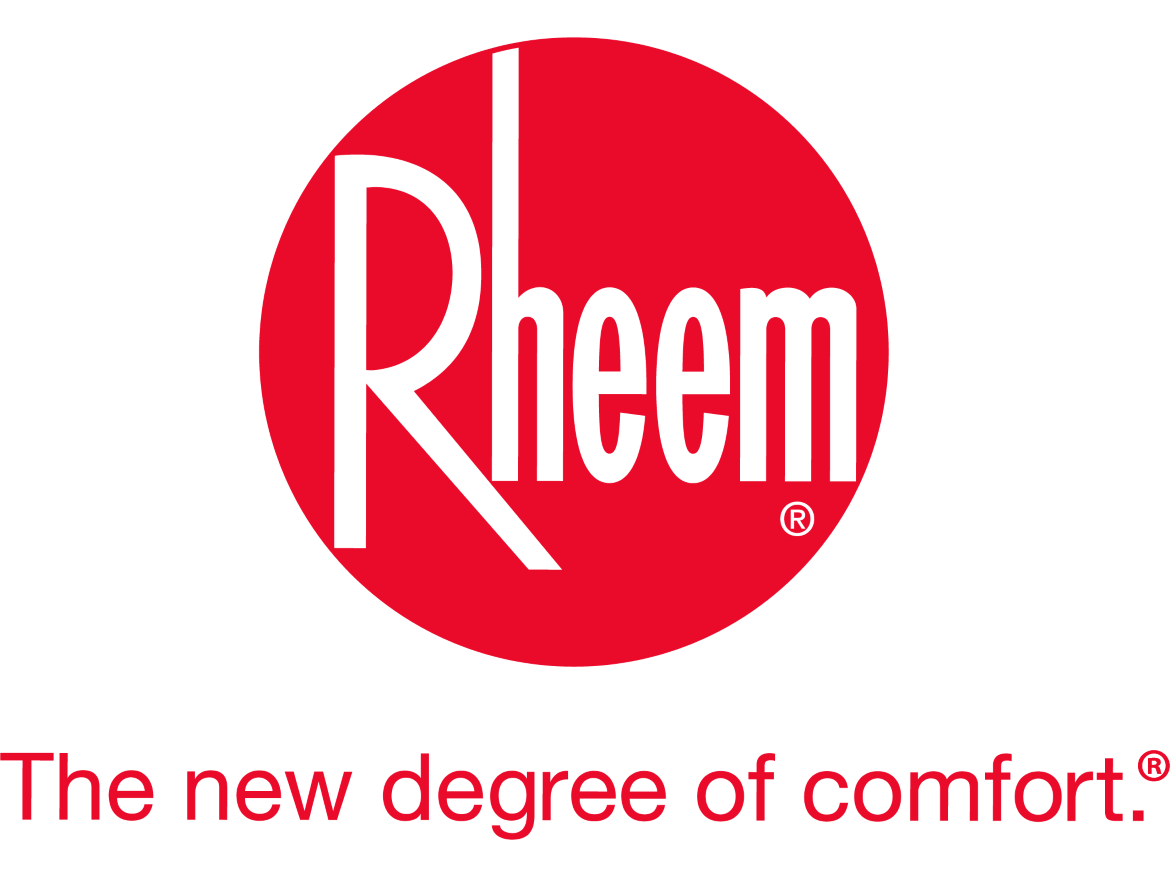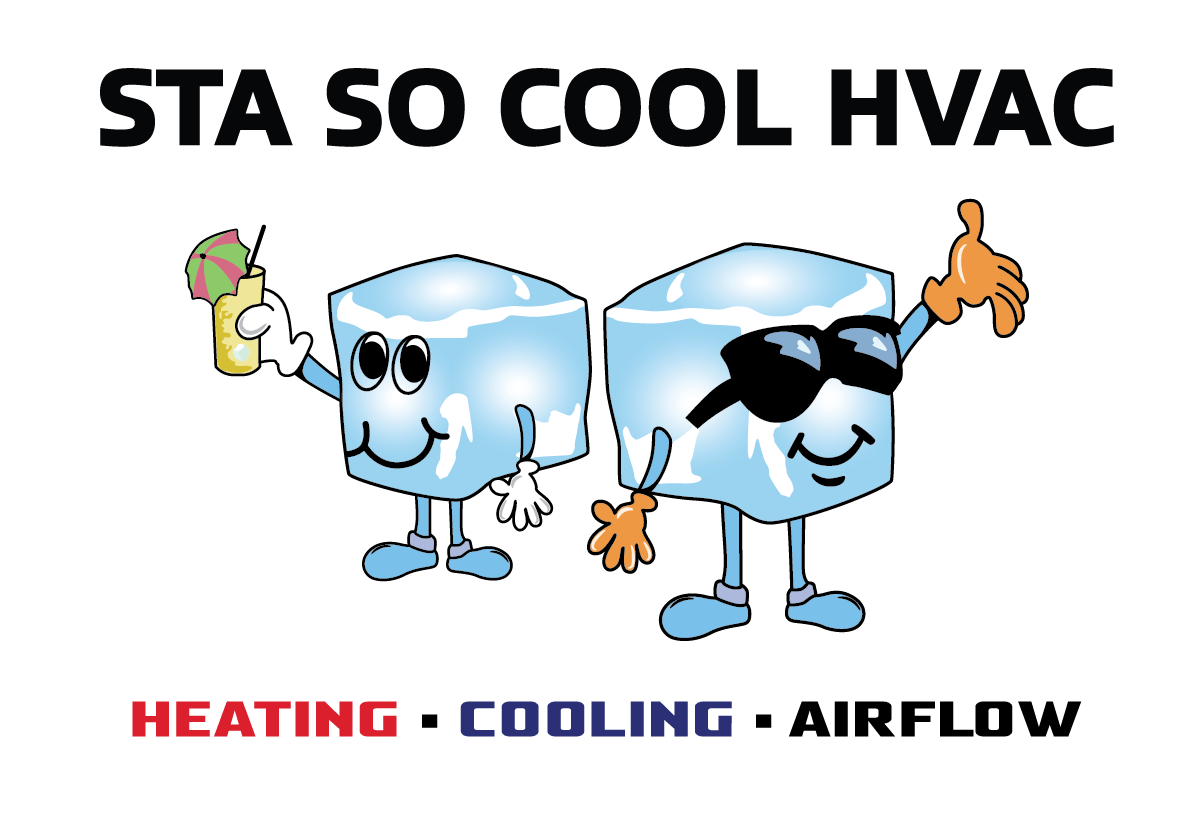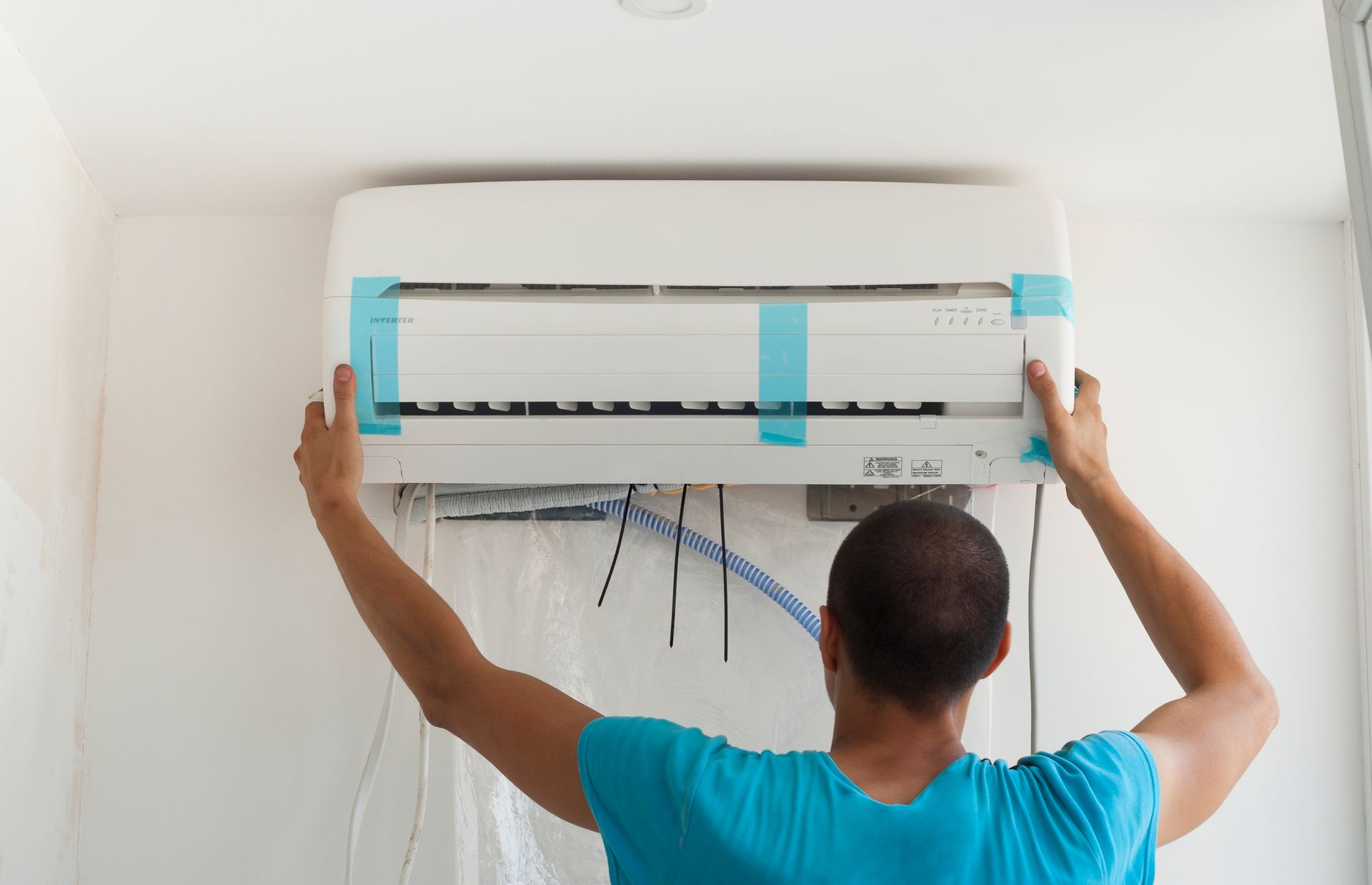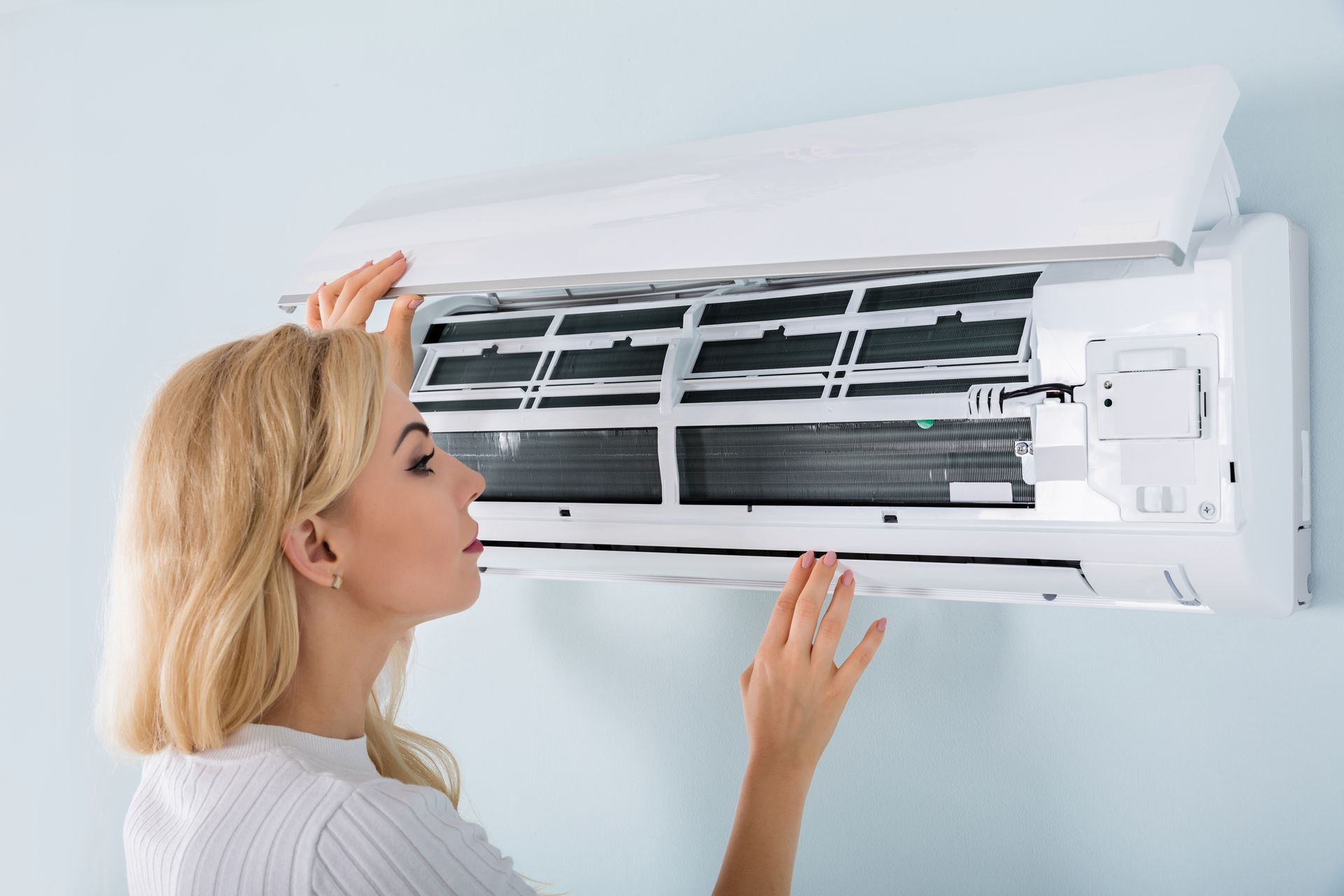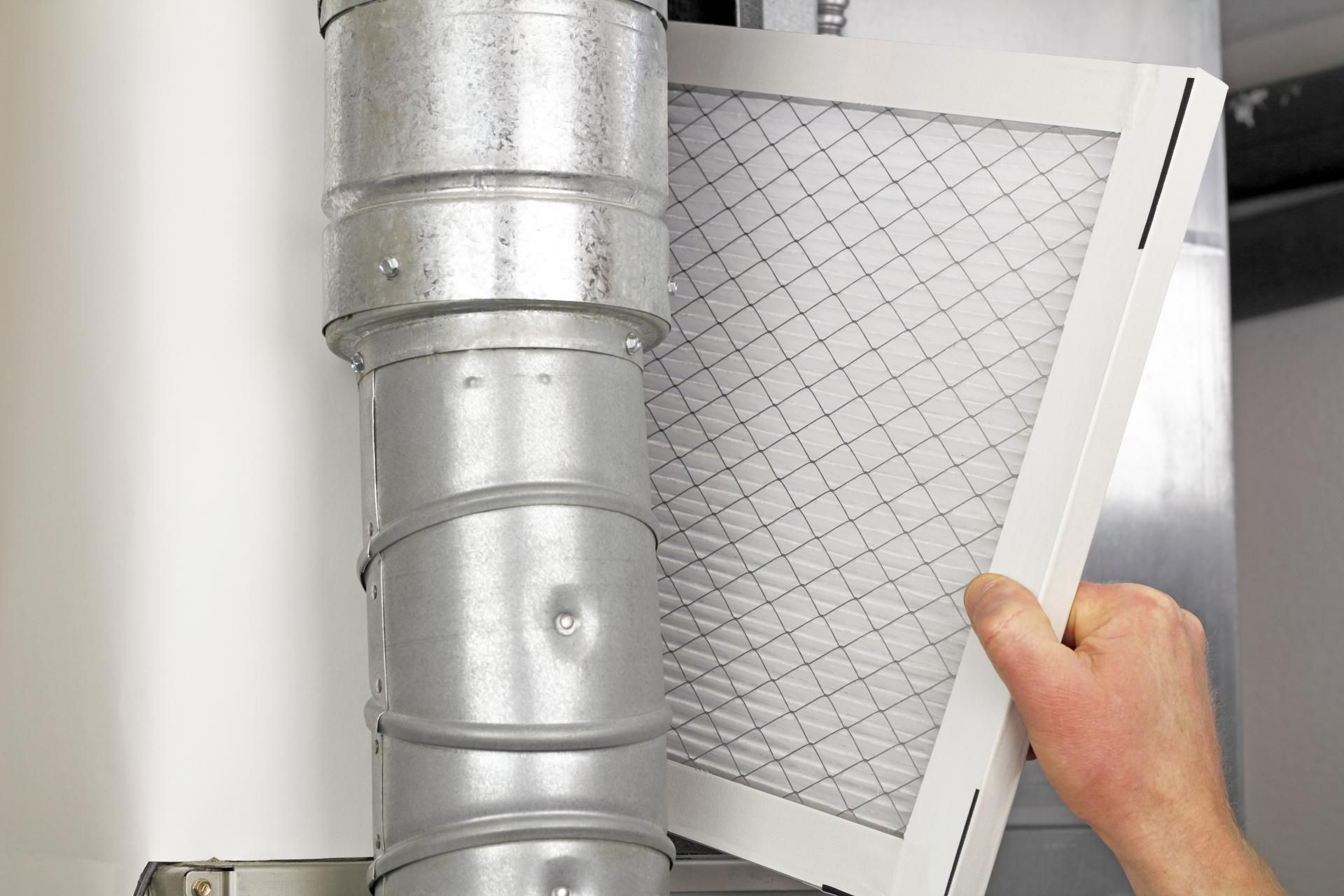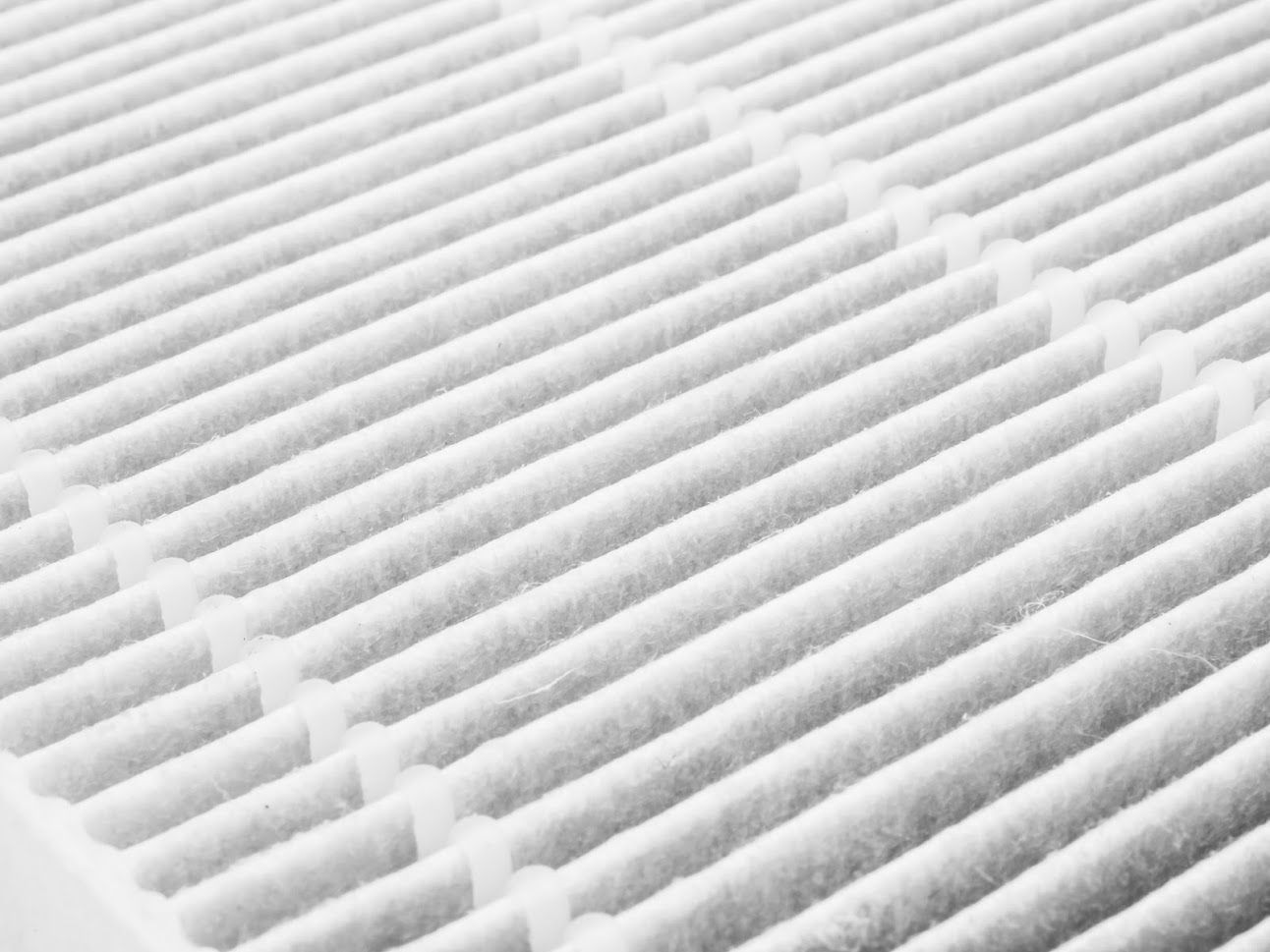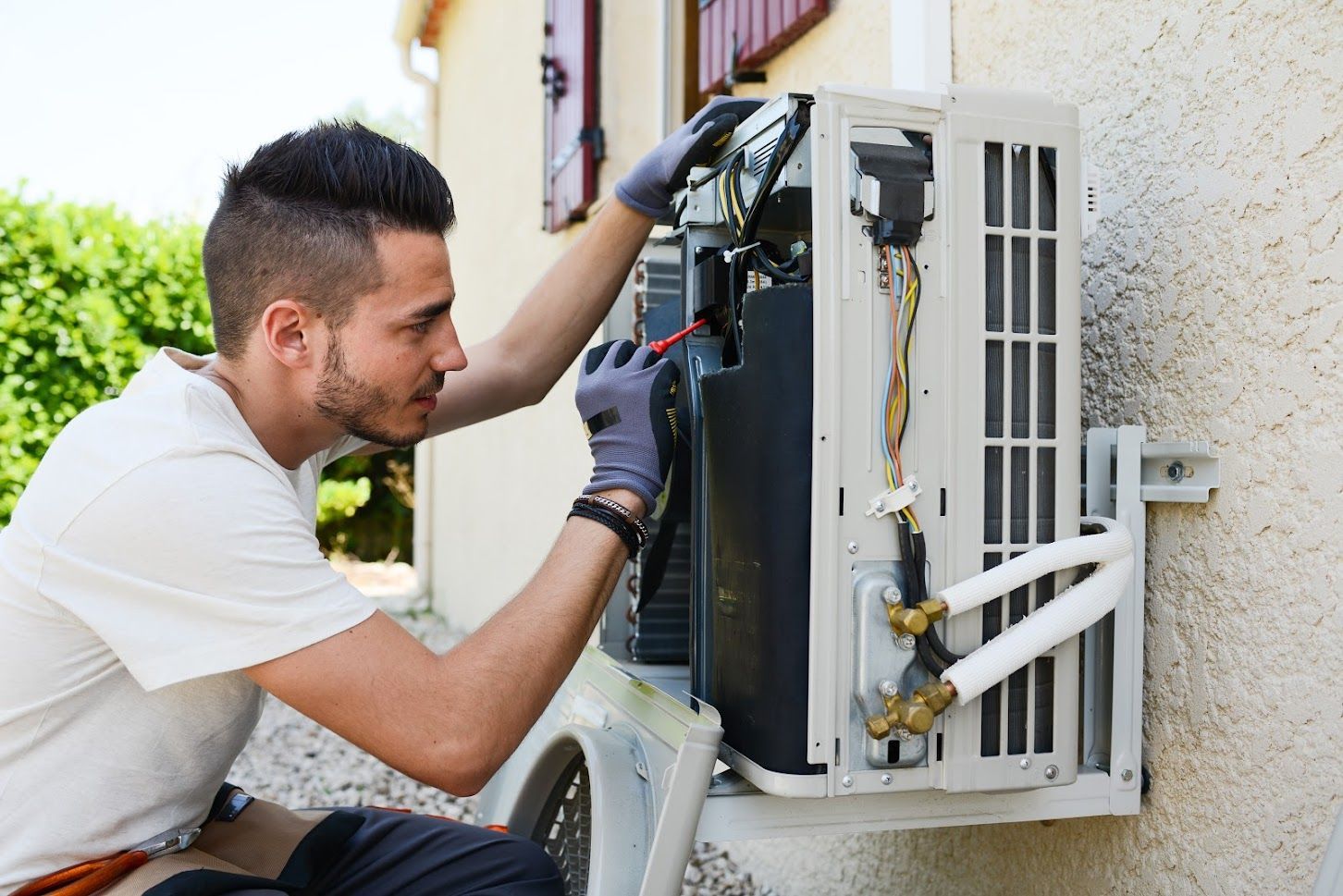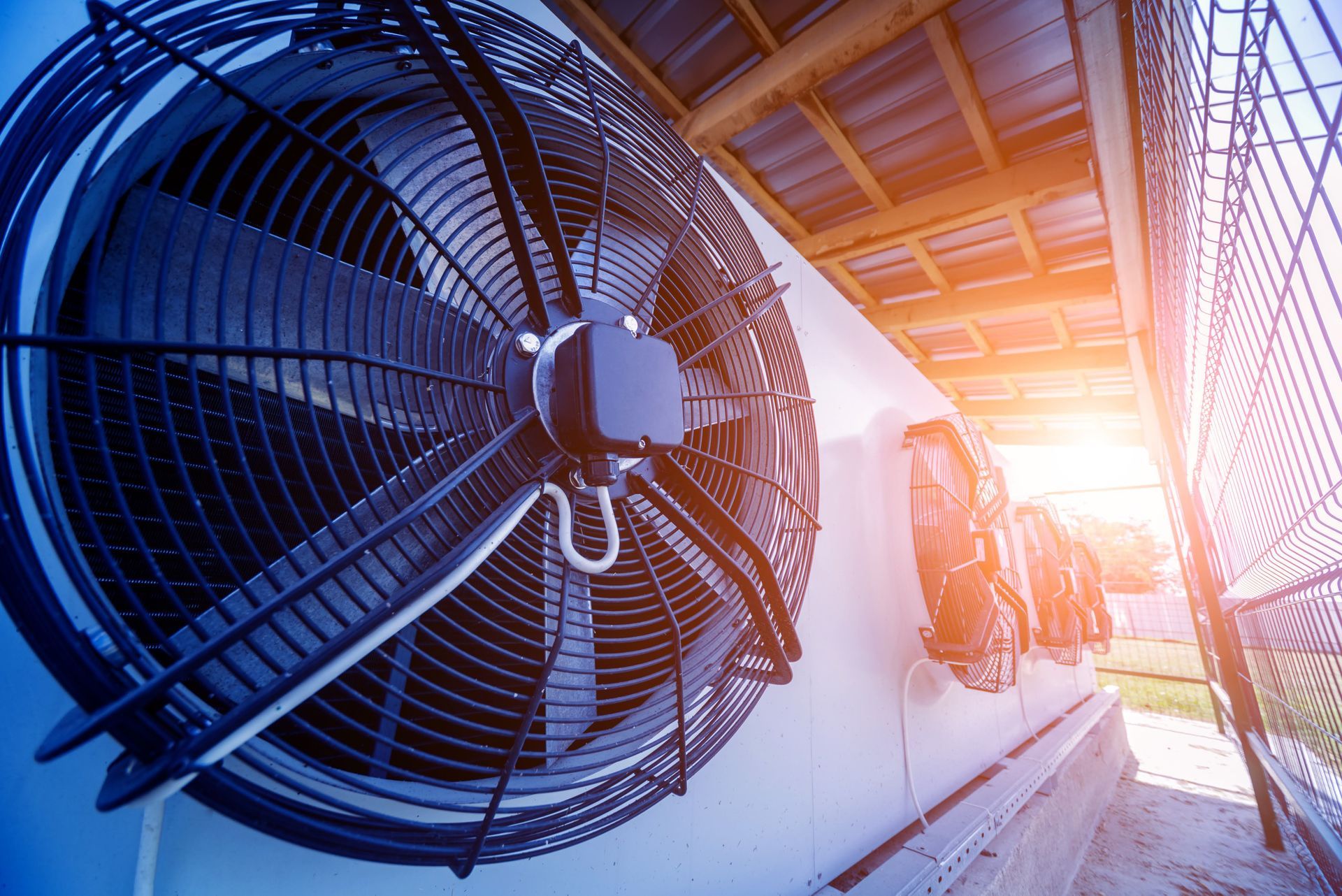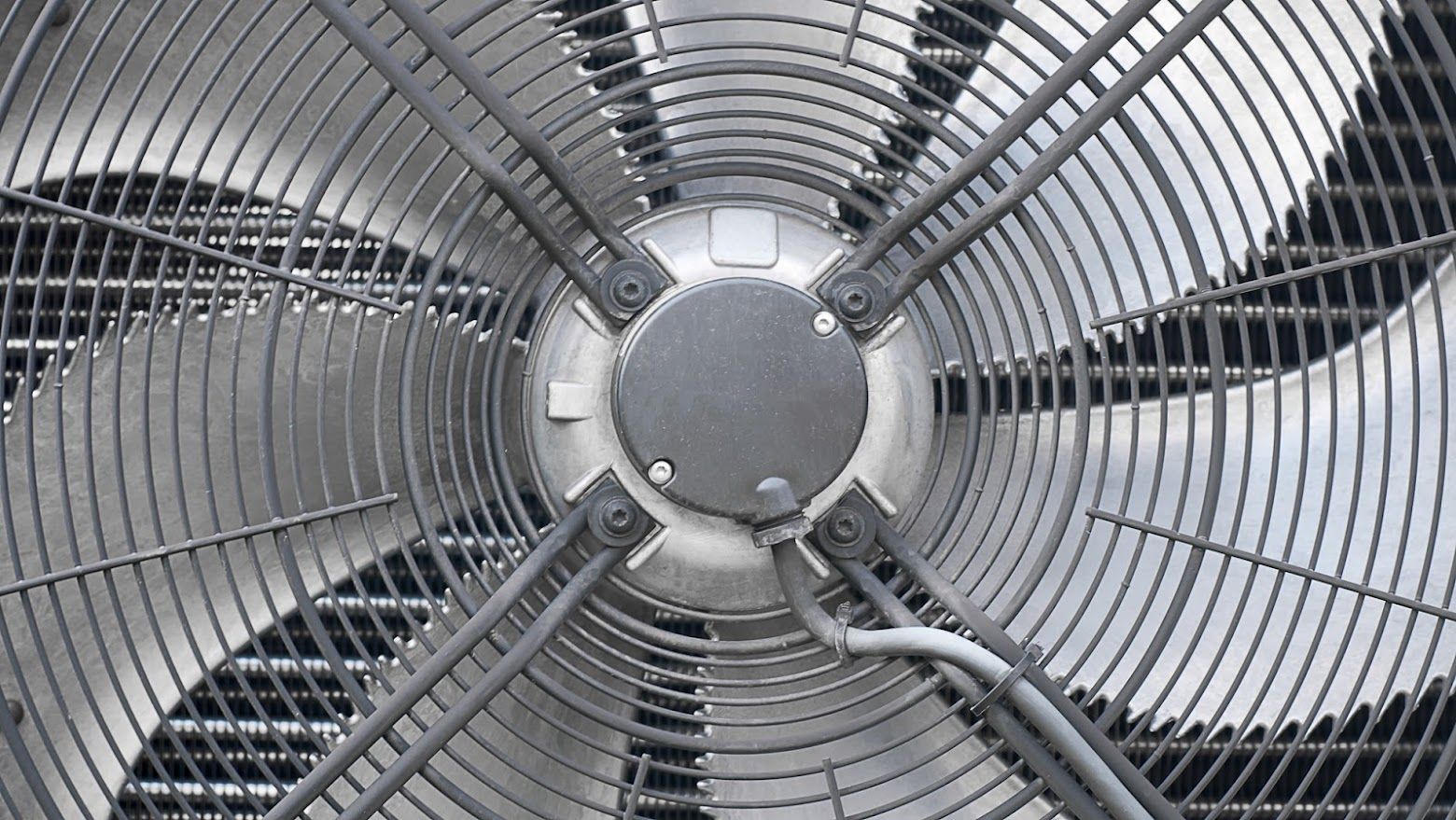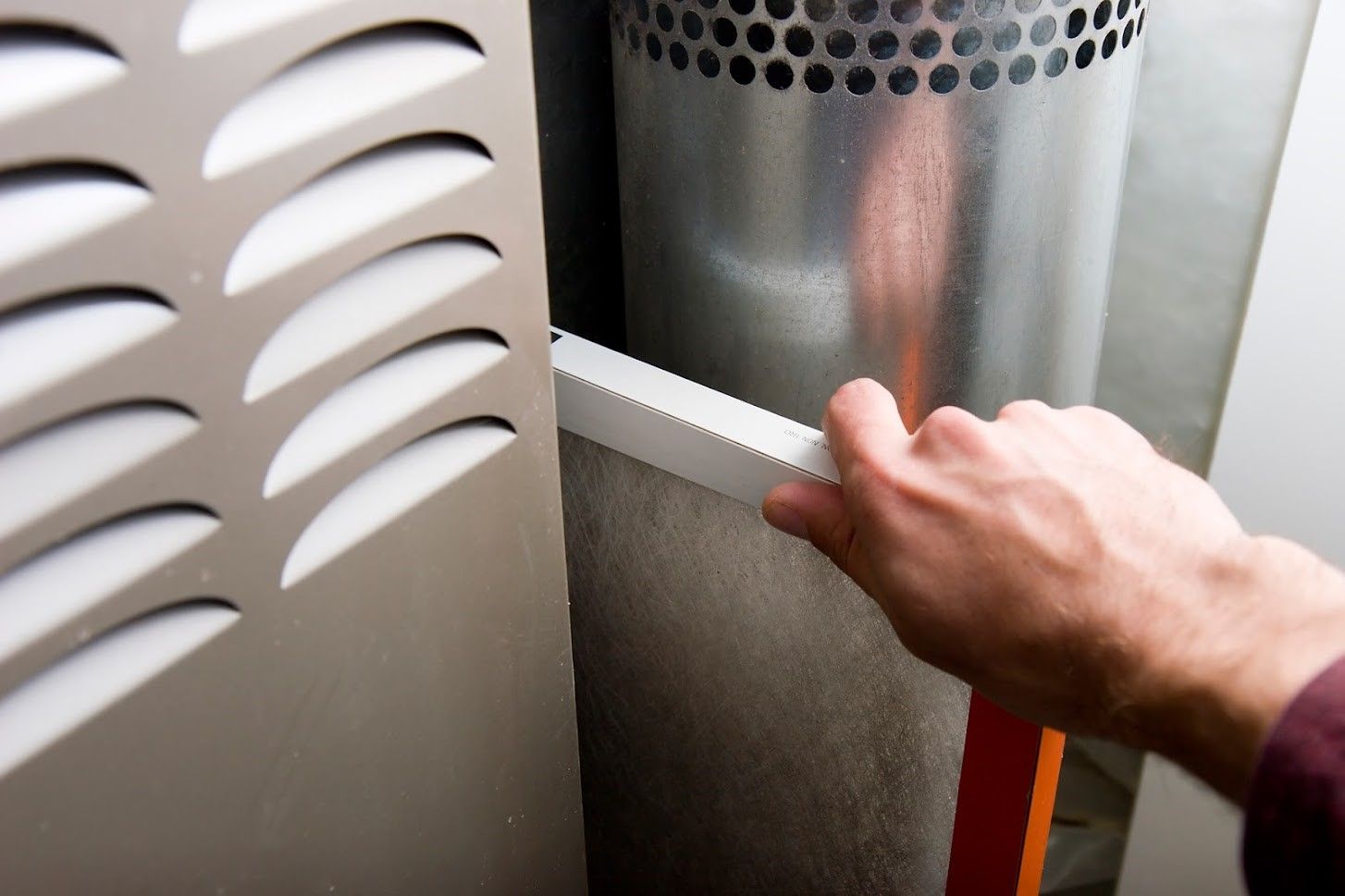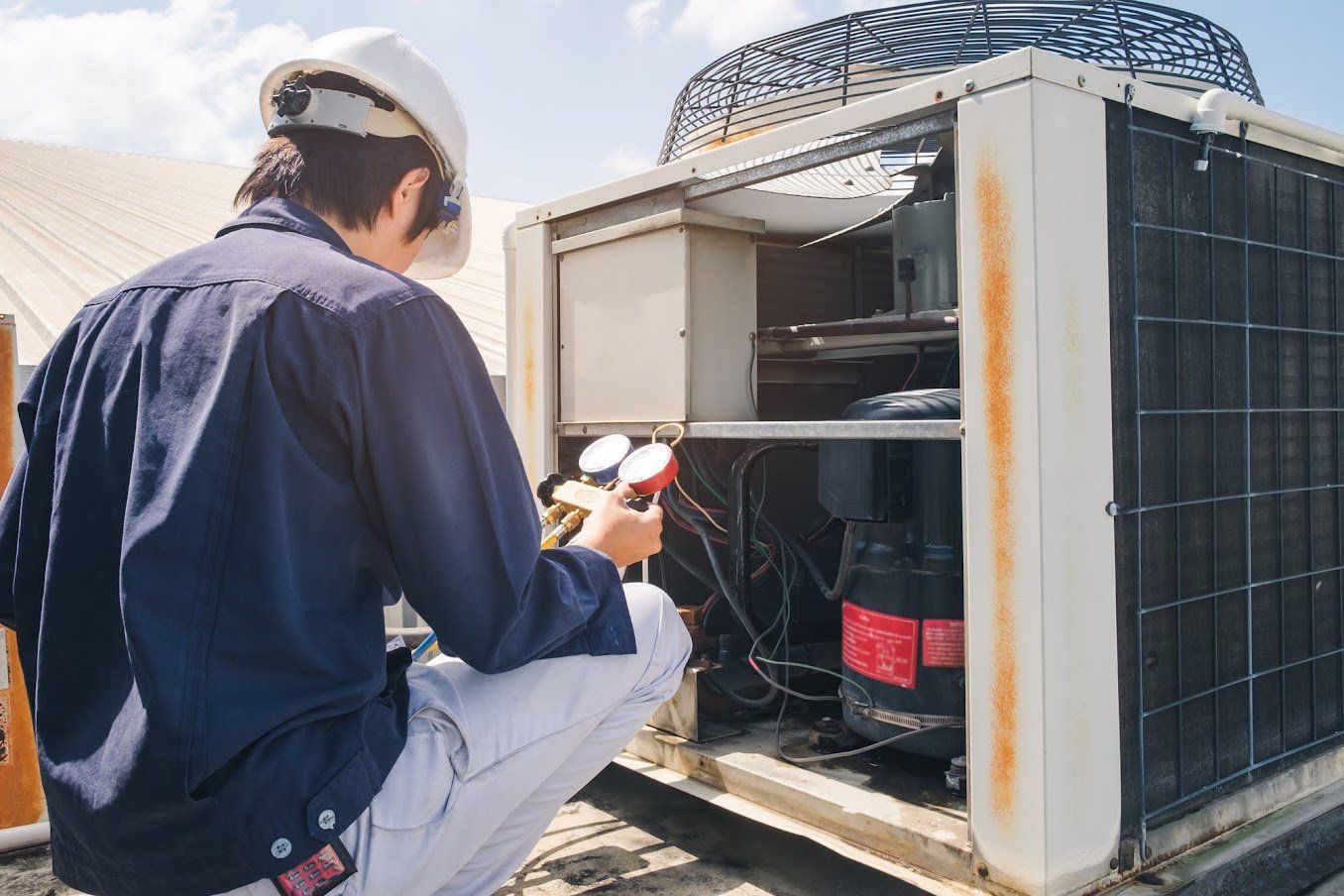Main Components of an HVAC System
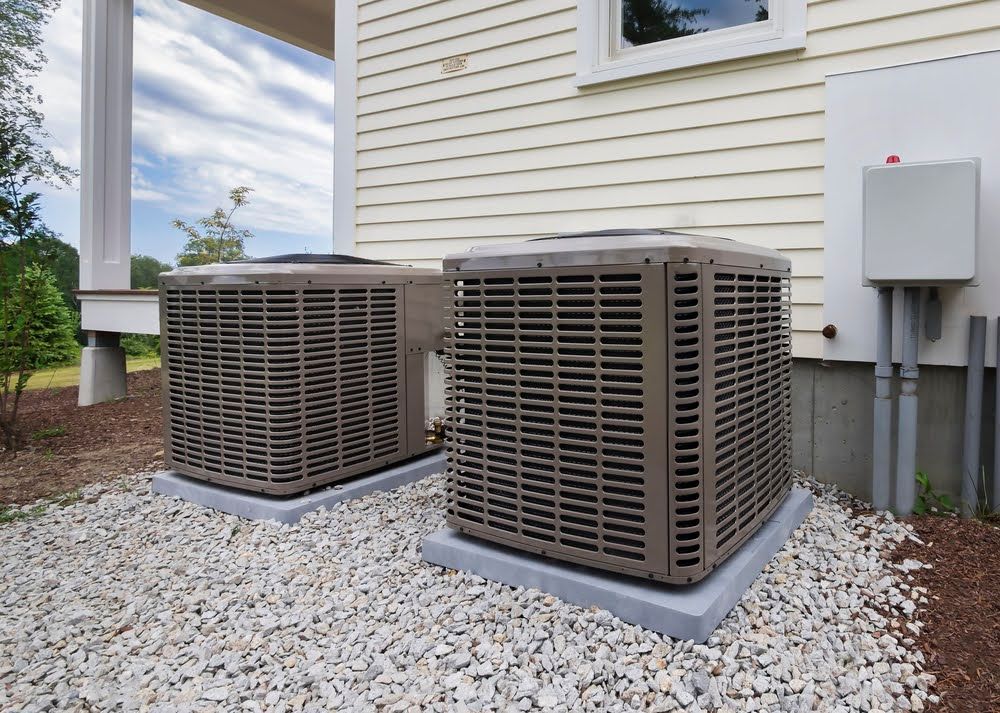
Many homeowners don't give much thought to their HVAC systems as long as the systems are in good working condition. However, when the system stops working, you may want to know what is wrong. Therefore, understanding the various components of an HVAC system is the best way to take good care of your unit. Learn about the main components of an HVAC unit.
Compressor
The primary function of an HVAC compressor is to compress refrigerant gases. Refrigerant gases help with the heat exchange within the HVAC system. The compressor receives low-temperature refrigerant from the evaporator coil. It then increases the temperature and pressure of the gas.
The HVAC compressor takes in low-pressure, low-temperature refrigerant gas from the evaporator coil (indoor unit) of the HVAC system. It then compresses this gas, raising its pressure and temperature significantly.
The compressor enables the heat exchange process that either cools or heats the indoor environment, depending on the system's mode of operation. This makes it possible to maintain comfortable indoor temperatures.
Condenser
The outdoor component of your HVAC system or heat pump is called a condenser. Its primary purpose is to absorb or emit heat at different times of the year. The condenser of a heat pump and split air conditioner have the same components. Its main pacers are the condensed oil and controls.
Most condensers contain aluminum or copper material for better heat conduction. There is also a fan that moves air within the unit to enhance heat transfer.
Thermostat
A thermostat serves as a control device that allows users to set and maintain their desired temperature levels. The thermostat functions by constantly monitoring the ambient temperature in the space it serves.
When the temperature deviates from the preset target, the thermostat sends signals to the HVAC system to either start or stop the heating or cooling processes. For example, if the indoor temperature rises above the set point on a hot day, the thermostat will instruct the air conditioner to activate and cool the space until it reaches the desired temperature.
Modern thermostats have evolved significantly and often feature programmable or smart capabilities. Programmable thermostats allow users to schedule temperature adjustments throughout the day to save energy when the space is unoccupied. Smart thermostats, on the other hand, can be controlled remotely via smartphones and learn user preferences over time, optimizing energy efficiency and comfort.
Evaporator Coil
An evaporator coil is typically inside the indoor unit of the system, often referred to as the air handler or furnace. The primary function of the evaporator coil is to facilitate the cooling of indoor air. It does so by absorbing heat from the surrounding air, which effectively lowers the temperature within your home or building. Here's how it works:
- Refrigerant circulation: The evaporator coil contains a network of tubing filled with a refrigerant gas. This refrigerant is responsible for the heat exchange process.
- Airflow: Warm indoor air is drawn into the HVAC system, typically through return ducts. The blower fan within the air handler forces this air over the evaporator coil.
- Heat absorption: When the warm air passes over the evaporator coil that is cold, heat is passed from the air to the refrigerant within the coil. This causes the air to cool down and reduces its humidity.
- Conditioned air: The now-cooled and dehumidified air is then pushed back into your living space through supply ducts, creating a comfortable indoor environment.
The evaporator coil acts as the heat absorber in your HVAC system, enabling the cooling process that keeps your home or building at a comfortable temperature during hot weather.
Sta So Cool HVAC provides prompt, quality heating, cooling, and air filter services in Pittsburgh and surrounding areas. We prioritize exceptional customer service, offering maintenance and emergency services to keep homes energy-efficient and comfortable in summer heat. Contact us for more information.
